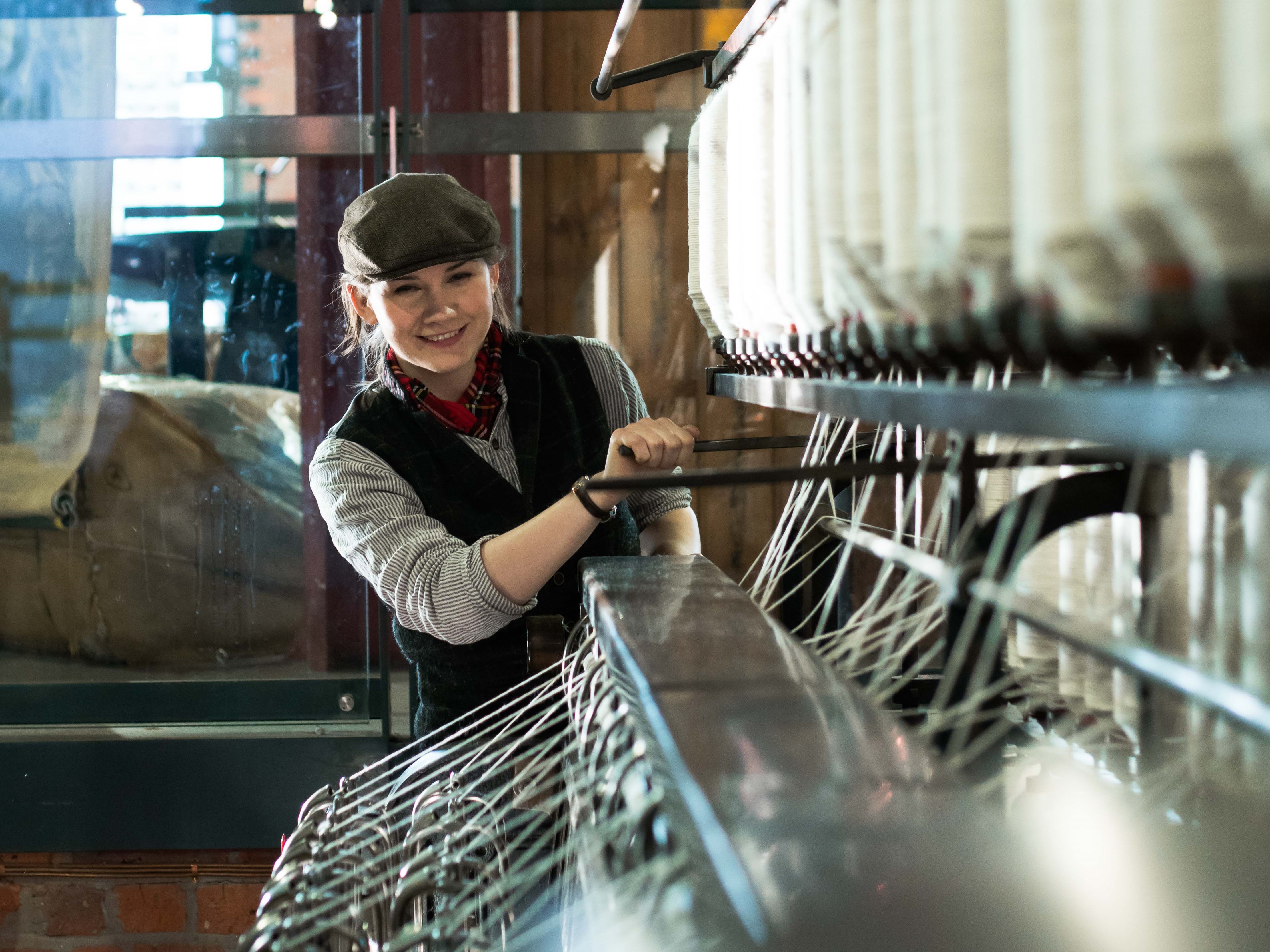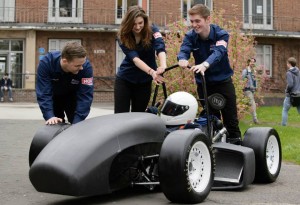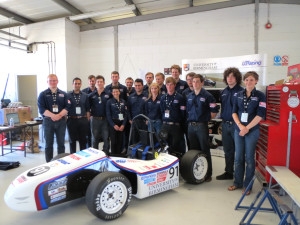Today is International Women in Engineering Day and the 200th anniversary of the Women in Engineering Society.
We’re lucky to have engineering-focused women working in roles across the museum from curatorial and conservation to front of house and our tech team. Some of the most familiar to our visitors are in our explainer team, the people who devise and present the activities, shows, and demonstrations we run every day. To mark International Women in Engineering Day, we’d like you to meet explainer team leader, Pippi Carty-Hornsby.

Pippi has always had a creative streak. She says: ‘I have always loved making things – from dolls houses made out of newspaper when I was little to sewing costumes all the way through to designing race cars, which is why I chose to study engineering at university.’
Having studied Maths, Physics and Art at school, she took a Mechanical Engineering masters at University of Birmingham. While she was there, she got involved in a Formula Student team, UBRacing. Formula Student is an annual competition where teams design, build, test and race a smaller version of formula-style racing cars. They competed at the legendary Silverstone track against teams from all over the world. Pippi started heading up their marketing but soon became Head of Bodywork and then Project Manager, planning training for up to 200 students. She was balancing all this while studying and still managed to get a First Class degree.

© Copyright Simon Hadley
07774 193699 /www.simonhadley.co.uk

She has worked with Mercedes AMG Petronas F1 and as a freelance product designer before joining the Science and Industry Museum in 2016.
Engineering has long been seen as a male-dominated field that women have found hard to work in. We asked Pippi what her experiences were: ‘I graduated university at a point where there was a real drive from the UK government and industry to get women into engineering, so I was very fortunate that the jobs I worked in were very welcoming to me with only a handful of negative experiences.’
Her role here at the museum has given her even more opportunities to use her passion for engineering. As well as co-managing our team of explainers, she’s part of the Historic Working Machinery Working Group who are responsible for the sustainable operation, training, conservation and maintenance across all the historic working machinery on site and she was one of the first women in the UK to qualify as a BOAS certified boiler operator, so she can operate big steam boilers up to 10 bar (another is one of our gallery technicians).
‘I get to use both my practical engineering skills through teaching people how to physically run machinery and my analytical skills in writing risk assessments. One of the best parts of my role is that I get to share my love of engineering with all our visitors through the talks and demonstrations we do,’ she says.
Pippi has a very simple outlook on what engineering is. She says: ‘for me, engineering is all about making. It’s the bundle of skills that you use through initial design and the maths behind it to the physical act of making an object.’
Her love for our historical machinery and innovative design is part of what makes her such an integral part of the museum. It’s also something that she has a passion for sharing with our visitors, inspiring a whole new generation to get excited about being engineers.